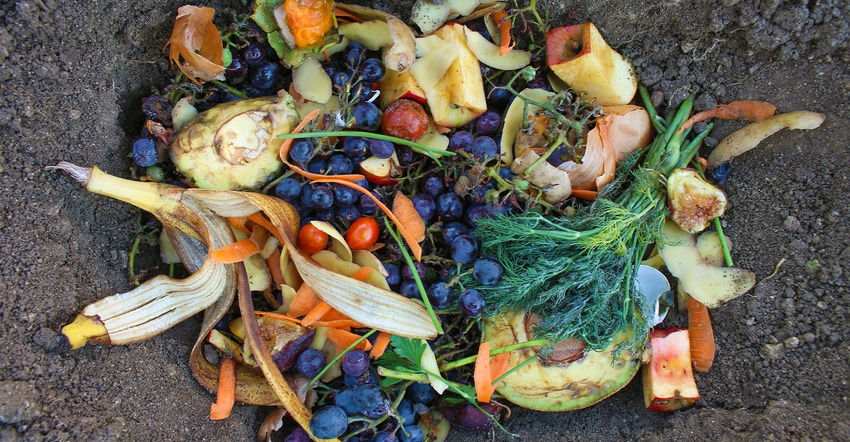Amy Densborn of SWACO and Elisha Sparks of Local Matters recently hosted a webinar presenting all the tips and tricks necessary to reduce food waste at the household level.

The average American household generates $1,500 in uneaten food per year, according to the U.S. Department of Agriculture (USDA). With holiday gatherings around the corner, food waste in residential bins is poised to soar.
The Solid Waste Authority of Central Ohio (SWACO) recently held a webinar titled “Preventing Food Waste at Home” as an installment of its “From Waste to Resources” webinar series.
Amy Densborn, SWACO’s outreach administrator, along with Elisha Sparks, food educator and curriculum manager at Local Matters, discussed the use of meal planning to eliminate unnecessary food waste at the household level.
Densborn noted that 76 percent of the waste entering SWACO's Franklin County, Ohio landfill is reusable, recyclable, or compostable. When considering the total waste stream, the largest category of waste is food.
“You may even be surprised that food waste is the number one material inside the landfill at 15 percent of the total waste stream, she said.
Franklin County residents generate one million pounds of food waste per day, which breaks down to about 60 pounds of food waste being discarded by each individual each year. This is a predicament running strong across the entire United States, Densborn said.
At an individual level, an efficient system for eliminating food waste begins with prevention. The speakers noted that "shopping smart," or with a list, as well as learning and understanding date labels on food packaging are two ways to stop food waste at the store.
In addition, storing food properly to prevent spoilage can assist with waste prevention.
In order to achieve these three aspects of prevention, Sparks explained how beneficial the use of meal plans can be.
Sparks suggested that individuals "brainstorm" a few meals to cook before they shop, creating a smart list of all the ingredients needed and most importantly, sticking to the plan that was established.
“Once you commit to it, stick to exactly what you want to do,” Sparks said.
The speakers than made suggestions about how to utilize food coming to the end of its life. Consuming leftovers rather than allowing them to be sent to landfills is the easiest way to prevent unnecessary waste, according to the presenters.
Sparks explained that when creating meal plans, it is sometimes difficult to gauge to amount of food needed for each individual meal depending on hunger, which is when leftovers are created.
He suggested saving leftovers for times when someone is less inclined to cook, such as weekends.
"If you do not think you’ll be able to get to the food by the time they spoil, freezing them is another reliable solution," Sparks said.
At some point, however, food reaches a point at which it can no longer be consumed. Densborn urged the use of food and compost drop-offs.
Listing a few local to the Franklin County region, she reminded attendees to research their local compost drop-off solutions.
About the Author(s)
You May Also Like




